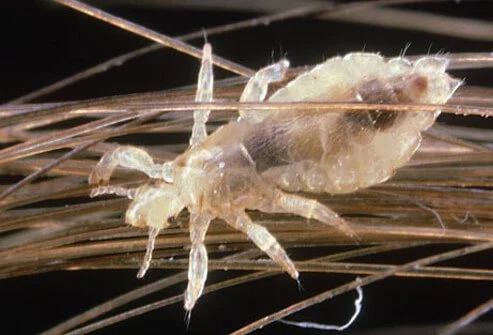Lice Myths & Facts
Learn To Separate The Facts From The Myths When Deciding
The Best Treatment For You And Your Family.

DID YOU KNOW?
“One hundred percent worth every penny spent! Treatment is well worth it and effective! Efficiently staffed to handle my four toddlers at once! Great atmosphere and clean! My girls were able to return to daycare the next morning lice free! Awesome job!”
Lice can spread by jumping or flying.
No! Head lice do not jump, fly or swim. Anywhere there is a group of people where head-to-head contact occurs a person is at risk for getting head lice.
Children get head lice from schools.
Although children can certainly come into contact with other children who have head lice at school, it is not the only place where a transmission might occur. In most cases head lice passes from head to head outside of the school environment. Children can get infested at summer camps, sleepovers, sporting events, and from other family members. Anywhere there is a group of people where head-to-head contact occurs lice can spread.
Getting lice is a sign of poor hygiene.
Any human with hair can get lice. A person’s degree of cleanliness or personal hygiene has little or nothing to do with getting head lice. A common misconception is that lice infestation is a result of poor hygienic practices. In fact, head lice actually seem to prefer clean hair over dirty hair.
Head lice can’t be seen by the naked eye.
Head lice can be seen by the naked eye but it can be very difficult. Adult lice will be the easiest to spot because they are the biggest. But at the size of a sesame seed, they still aren’t that big. Although lice vary in color, if you see a grayish-white, tan or dark bug crawling through the hair, it is probably a louse. The color of the bug depends on the age of the bug and the color of your hair. If you look closely at an adult louse, you should be able to see human blood inside it.
Head lice can spread disease if not treated quickly.
There are no reliable data to suggest that head lice carry or transmit disease organisms.
Itchy head means your child has head lice.
While itchy scalp may be a symptom of head lice it is not a definitive sign your child has lice. Itchy scalp can be caused by many things including climate, dandruff or general dry skin.
You can get head lice from your pets.
Lice cannot be transmitted from pets, and pets cannot get them from people.
Head lice can be caught by swimming.
When lice are in water, they go into a state of suspended animation but remain firmly locked onto the hair. This is how they survive shampooing, rain, seawater, and swimming pools. There is a slight risk of transmission that can occur with the sharing of towels.
Only children can get head lice.
While it’s more commonly spread among children, parents and other adults are not immune. When hair has contact with another’s hair (and it will), if that person has lice, you take the risk of exposing yourself to head lice.
